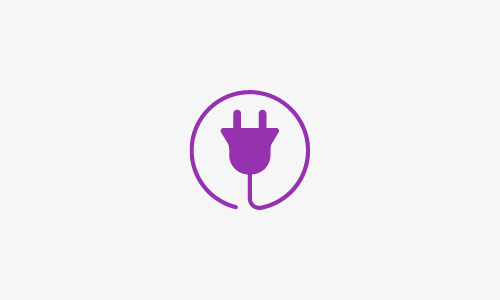A TENS unit utilizes electric current for stimulation. This can help with muscle pain and is often used in physical therapy. It can also be used in urology for bladder problems. You might be thinking electric current??? Is this thing going to shock me? The answer is “No”. PTNS or percutaneous tibal nerve stimulation uses very low electric current on the ankle to treat bladder symptoms. Urinary frequency, urgency and urinary incontinence can improve with using TENS. Constipation has even been shown to improve with TENS.
Children with urinary urgency and frequency who have failed previous therapies such as addressing constipation and making sure there is proper bladder emptying can start PTNS. Their symptoms can improve with at least 2-3 times per week use of TENS. Typically, patients will see an improvement in their symptoms after 4-6 weeks of continuous use. They should also continue using it for at least 3 months. Sometimes using it longer can help control symptoms.
I find for most of my patients, using PTNS in addition to traditional behavior urotherapy can help with their bladder symptoms. Recent research demonstrates some effectiveness of using TENS for bedwetting. But the data is not sufficient to use PTNS as first line treatment for bedwetting. Detailed instructions on how to use TENS for PTNS are linked here on a video where I demonstrate using it on myself. The TENS unit that I generally recommend can be purchased on the internet here.

